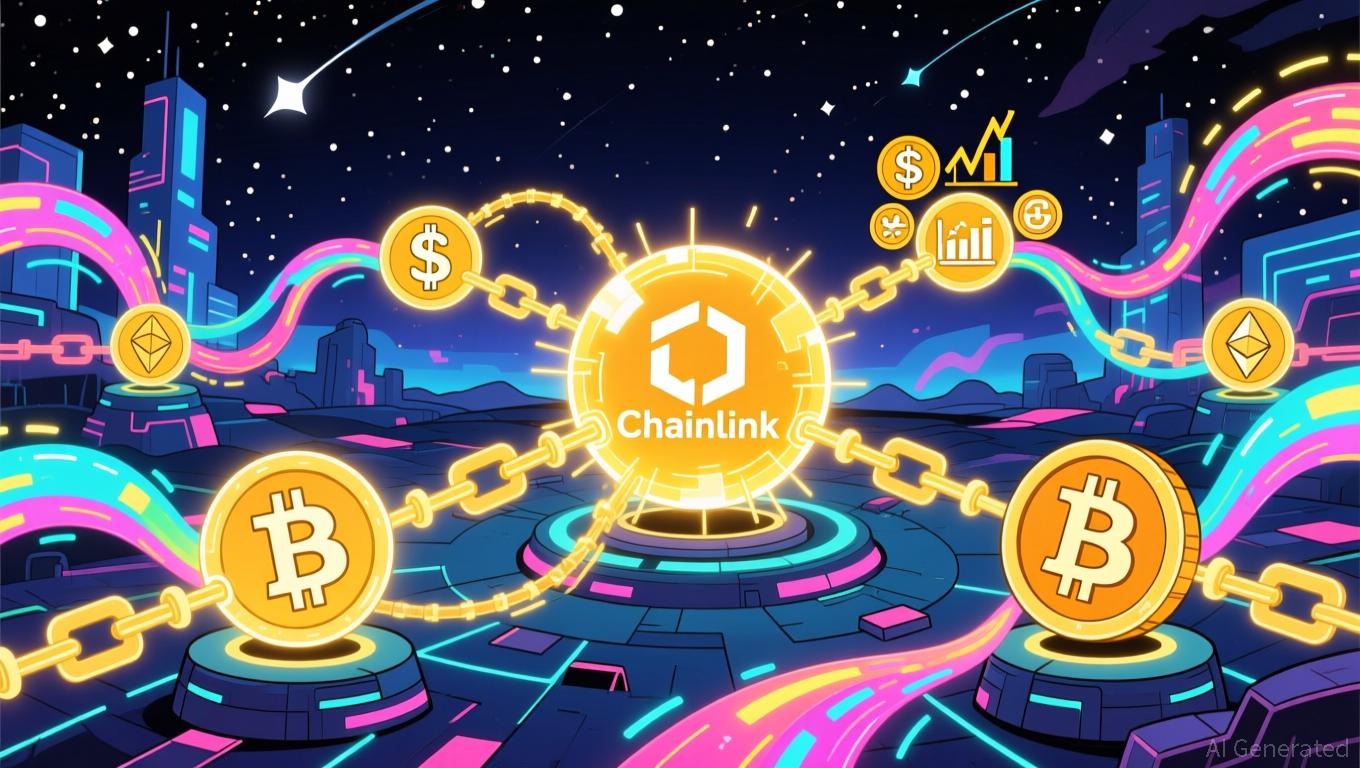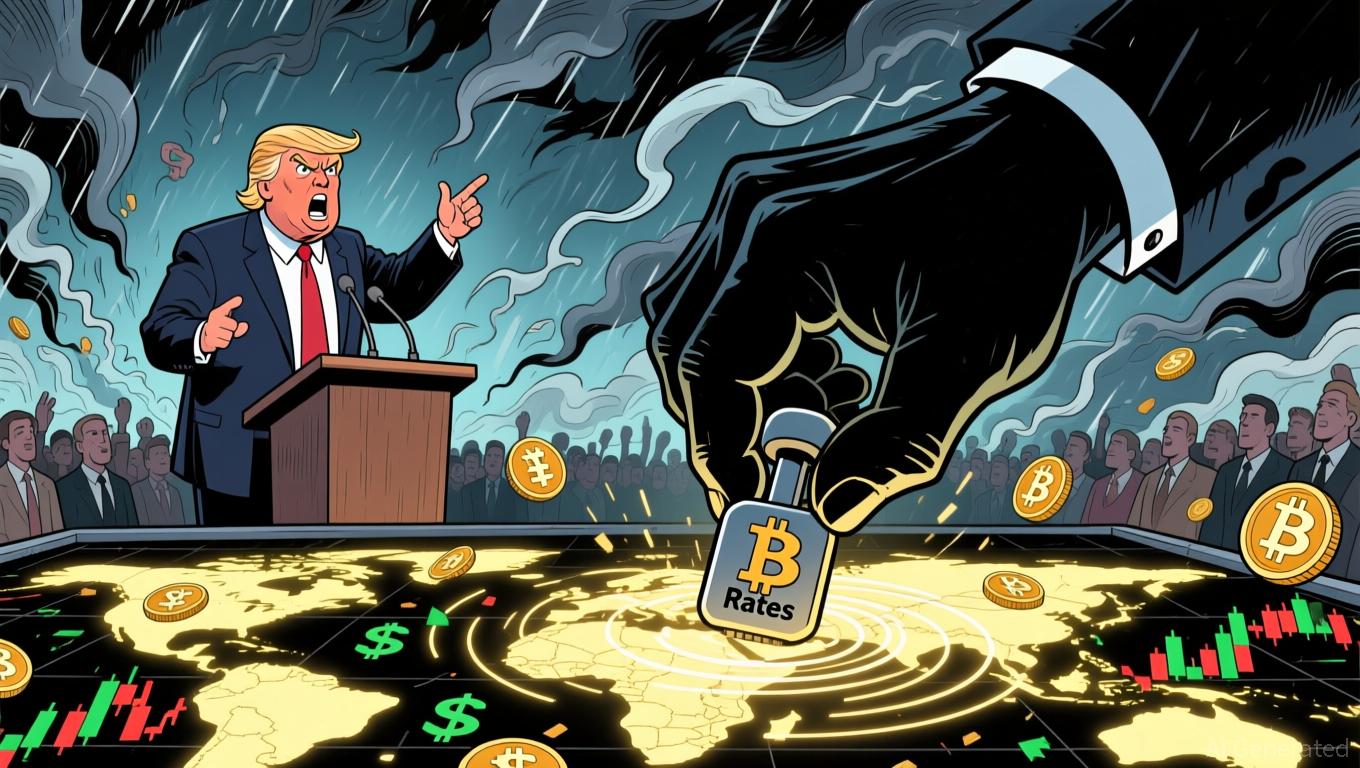Injective’s DeFi repurchase strategies reflect the confidence-building actions commonly seen in traditional financial markets
- Injective Protocol (INJ) will launch community buybacks starting Nov 16, funded by treasury reserves to reward long-term tokenholders. - The move mirrors traditional market trends like Niagen's $10M buyback and New Mexico's 30-year dividend streak to stabilize investor confidence. - On-chain auctions will ensure transparency, aligning with DeFi's recovery from regulatory uncertainties and CNB
Injective: Fresh INJ Community Buyback Set to Begin Tomorrow
Injective Protocol (INJ), a prominent decentralized finance (DeFi) platform, revealed today that it will commence another phase of community buybacks for its INJ token starting November 16. This initiative is part of the project's continuous efforts to boost token functionality and incentivize loyal holders.
This update arrives as token buybacks become increasingly common across blockchain networks. For example,

Injective’s buyback plan is anticipated to strengthen trust among tokenholders, especially as the platform gears up to introduce cross-chain interoperability in early 2026. The buybacks will take place via on-chain auctions, promoting openness and allowing the community to participate. This strategy is similar to
Experts observe that Injective’s timing is deliberate, as the DeFi industry rebounds from regulatory challenges. The buyback news aligns with a wave of market optimism,
By tapping into these developments,
Disclaimer: The content of this article solely reflects the author's opinion and does not represent the platform in any capacity. This article is not intended to serve as a reference for making investment decisions.
You may also like
Bitcoin Leverage Liquidations Spike at End of 2025: An Urgent Reminder for Effective Risk Control in Cryptocurrency Trading
- Bitcoin's 2025 price crash triggered $2B in leveraged liquidations, marking crypto's worst crisis as $126k→$82k swings exposed systemic risks. - 392,000 traders lost $960M in 24 hours due to 10x leverage products, thin liquidity, and algorithmic selling during the November 20-21 collapse. - Experts now recommend 3-5x leverage caps, diversified positions, and hedging tools like options to mitigate risks after the crisis revealed crypto-traditional market interdependencies. - Regulatory scrutiny intensifie
Chainlink's cross-chain bridges drive a $35 billion boom in tokenized finance
- Grayscale files to convert its $29M Chainlink Trust into a staking-enabled ETF (GLNK), positioning LINK as crypto infrastructure. - Chainlink's CCIP bridges traditional finance and blockchain via cross-chain interoperability, recently collaborating with J.P. Morgan and Ondo Finance. - The tokenized assets market is projected to grow to $35B, with Chainlink addressing compliance and data transfer challenges in decentralized finance. - Strategic integrations with S&P Global and Bittensor's AI networks high

Bitcoin Updates: Trump Urges Rate Cuts While Fed Remains Cautious—Bitcoin Drops Into Bear Market
- Trump pressures Fed for aggressive rate cuts, joking about firing Bessent if rates remain high, risking policy instability. - Bitcoin enters "most bearish" phase with Bull Score at 20/100, price below $102,600 as institutional demand wanes. - Fed chair replacement process nears conclusion, with potential impacts on crypto markets and global capital flows. - India debates stablecoin regulation while Leverage Shares plans 3x crypto ETFs, reflecting volatile market dynamics. - Bitcoin's $200,000 trajectory

Fed's Change in Liquidity Fuels Debate: AI Breakthrough or Speculative Frenzy?
- The Fed's halt of QT by December 1, 2025, risks injecting trillions into AI markets, reigniting speculative concerns amid record $57B Nvidia quarterly revenue. - AI infrastructure spending surges with FEDGPU's GPU clusters and Gartner projecting $2 trillion global AI spending by 2026. - Skeptics warn of debt-driven overinvestment, citing Meta/Oracle stock declines and unproven economic returns despite "depth and breadth" of AI innovation claims. - Historical parallels to the dot-com bubble emerge as anal
